Introduction:
The overall quality of the fabric produced can be significantly affected by faults in the warping process. Faults in the warping process can result in defects in the fabric, affecting its appearance, strength, and performance when they occur during warping. Fabric structure can be inconsistent and visually flawed when yarns are misaligned, resulting in uneven tension, crossed ends, or gaps. In addition to yarn breakage, another common fault can create weak points that compromise fabric strength and weaken its integrity. Fabrics with tangled yarns can have irregularities and distortions, affecting their appearance and drape. An uneven surface can result from a variation in yarn density, potentially affecting fabric functionality and causing a rough surface. Furthermore, proper yarn placement or lease formation can result in missing ends or twisted yarns, further diminishing the fabric’s quality. Consequently, addressing and minimizing faults in the warping process is crucial to ensuring high-quality fabrics that are visually appealing, durable, and meet the desired performance standards.
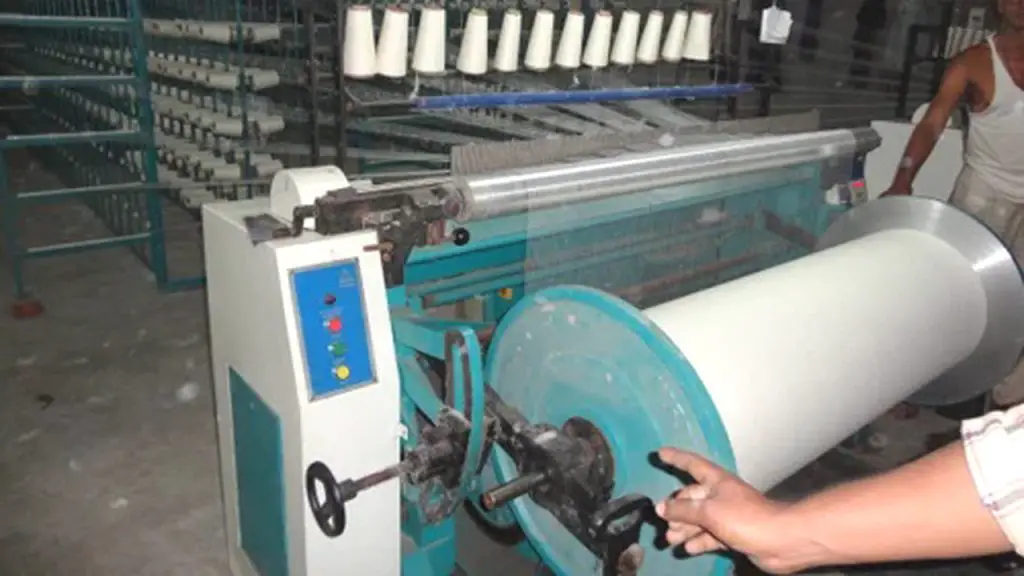
As part of this article, I will briefly discuss about 10 of the most common faults that tend to occur during the warping process. I will also discuss effective remedies for them.
List of defects/faults in warping process:
- Lapped ends.
- soft ends on the warping beam.
- Slackeness and non-uniform tension.
- Incorrect warping length.
- Snarl formation.
- Piecing.
- Incorrect form of build.
- Low Selvedge.
- Hard beam.
- Conical winding on the beam.
We have discussed all of the above faults in warping in this article with their causes and remedies, which are as follows:
1. Lapped ends:
In warping, lapped ends are a common defect. Lapped ends occur when the warp yarns overlap rather than being properly separated. A woven fabric can result in irregularities, such as thick and thin areas, and can have a negative impact on its appearance and performance. It is most likely that this defect will occur if the broken end is not tied to the warping beam but instead woven around it.
Remedy:
- A broken end should be tied to the end on the warping beam so that it will not roll around.
- The lease comb must be inserted carefully into the warping machine to separate and align the yarns to prevent them from overlapping during the warping procedure.
- Providing adequate training and ensuring operators continuously develop their skills, lapped ends, and other defects can be minimized. Skilled operators who are knowledgeable about the warping process can help identify and address lapped ends effectively.
2. soft ends on the warping beam:
This defect occurs when a group of ends breaks, and they are rolled together or lapped together. A piecing defect can result in an irregular fabric structure and visual inconsistency due to the carelessness of the operative. The following measures can be taken to correct piecing:
Remedy:
- The operation must be carried out with care.
- The broken end should be pieced back together properly after it has been broken.
- It is essential to regularly inspect the wound beam during the warping process in order to detect breakage ends and pieced in the right place.
3. Slackeness and non-uniform tension:
When there is slackness and non-uniform tension in the warping process, it will negatively affect the quality and performance of the woven material, if the tension devices are not set correctly or if the yarn is escaping from under the washer during the warping process.
Remedy:
- The tensioning devices on the warping machine need to be adjusted in order to achieve an appropriate and consistent tension across the entire warp yarns on the warping machine.
- The warp yarns should be spread evenly during the warping process, which in turn will help to achieve an even tension distribution by using guides or spreaders during the warping process.
- It is important to use tension devices of good quality.
4. Incorrect warping length:
A wrong warping length is caused by an incorrect setting or a problem with the counter, an incorrect adjustment of the brakes on the measuring roller, a tight rotation of the gears, a non-uniform coating of the felt on the measuring roller, or a worn out felt. In subsequent processes, such as weaving, the incorrect length can lead to a variety of issues, including pattern alignment, fabric dimensions, or waste of materials. The following steps can be taken to address and remedy the issue of incorrect warping length:
Remedy:
- Maintain and calibrate the warping machine regularly to minimize measurement errors and deviations. Ensure the warping machine is well calibrated and adjusted to accurately measure and control the length of the warp yarn.
- Ensure that the tension is maintained throughout the warping process to ensure accurate length measurement. Consistent tension control will prevent the warp yarn from elongating or contracting, which could lead to an incorrect measurement.
5. Snarl formation:
A snarl occurs when warp yarns get tangled, twisted, or knotted during the warping process, disrupting the smooth flow of yarn. The causes and remedies for snarl formation are as follows. This can negatively impact the quality and efficiency of subsequent processes, such as weaving.
Remedy:
- Maintain consistent and appropriate tension throughout the warping process. Adjust the tensioning devices on the warping machine to avoid excessive tension or slackness, which can cause snarls.
- Ensure that the yarns follow the intended path and pass through properly aligned guides. Inspect and maintain the guides to avoid obstructions or damage that may cause snarls.
- It is important for the twist to be perfect.
6. Piecing:
Generally, this fault occurs when a broken yarn end is pieced together with another yarn end on a warping beam in order to create a warped beam. It is the result of an operative’s carelessness or a disarray in the machine stop motion that leads to these defects, which occur when the yarn broken end is wound around the warping beam but is not found by the operator.
Remedy:
- Detect warped ends as early as possible with a thorough monitoring system, such as visual inspections, automated sensors, or periodic checks.
- To prevent further issues, it is recommended to repair warp ends promptly. Broken ends can be spliced or knotted together using appropriate techniques, providing a secure and reliable connection.
- Regularly maintain the warping machine to ensure smooth operation and minimize the risk of broken warp ends. This includes checking and adjusting tension devices, guides, and other components to prevent mechanical problems.
7. Incorrect form of build:
Incorrect form of build are caused by a non-uniform distribution of the ends in the guide reed, an improper setting of the guide reed, and conical winding in cases of non-uniform pressure on the warping beam. There are several measures that can be taken to address this defect in order to avoid it leading to irregularities in the fabric structure and affecting the overall quality of the woven fabric.
Remedy:
- The ends must be spread uniformly.
- It is important to choose the right setting.
- The warp yarn should be aligned correctly and evenly spaced during the warping process by properly calibrated warping machines and closely monitoring the yarn positioning.
- Adjust the tensioning devices on the warping machine to ensure consistent and appropriate tension across the warp yarns, which helps maintain proper alignment and spacing.
- Perform regular maintenance and calibration on the warping machine to prevent issues that could lead to incorrect building forms. This includes checking and adjusting guides, tensioning devices, and other components.
8. Low Selvedge:
During beam warping, the low selvage is caused by non-uniform pressure applied to the warping drum surface or by non-uniform pressure applied to the pressure roller. Warping drums with incorrect shapes or levers that are improperly set can also cause this defect. It may result in an uneven appearance or compromised fabric quality. Several factors can contribute to low selvage, including incorrect warp tension, improper selvage formation, or mechanical issues.
Remedy:
- It is important to pay attention to the selvage formation process. Proper selvage formation techniques, such as sewing selvage yarn or cording, should be employed to ensure a stable and consistent edge for the selvage.
- The operators must be trained in proper selvage formation and the detection of low selvage defects. They should also be skilled in adjusting and maintaining the weaving machine to prevent low selvage defects from occurring.
9. Hard beam:
During the warping process, a “hard beam” is a defect that occurs when the warp yarns are tightly wound on the warping beam. The woven fabric quality can be negatively affected by hard beams, which can cause a variety of problems and challenges during subsequent processes.
Remedy:
- Adjust the tensioning devices on the warping machine so that the warp yarns are wound with the appropriate tension, striking a balance between firmness and excessive tightness.
- Maintain and calibrate the warping machine regularly to ensure its optimal performance. This includes checking and adjusting tensioning devices, guides, and other components to prevent issues contributing to a hard beam.
10. Conical winding on the beam:
Warp yarns are wound in a conical shape onto the warp beam during the warping process, known as conical winding on the beam. Conical winding on beam is employed to achieve specific objectives and overcome certain challenges in the production of woven fabrics. Below are some key points:
- Make sure the tensioning devices on the warping machine are regularly monitored and adjusted for uniform tension throughout the wound yarns. This can include fine-tuning the tension as the conical shape is formed.
- The yarns must be guided and spread evenly across the beam so that tension can be maintained and unevenness can be avoided.
- You should pay close attention to the controlled withdrawal of yarn from the warp beam during the weaving process. Use proper tension control and guiding techniques to minimize any adverse effects of the conical shape.
Conclusion:
A significant challenge in the fabric industry is the problem of warping. This defect can adversely affect the quality and performance of textile products and can be a significant challenge for the fabric industry. It is commonly known that warping occurs when yarn tension is uneven in the warp direction of woven fabrics. Warping can lead to issues such as pattern distortion, fabric skewing, and uneven dye absorption.
In this article, I have tried to make sure that I have discussed as clearly as possible the defects of warping as well as the effective solution for such defects. If you have any questions regarding this article, please do not hesitate to ask.
Reference:
- Adanur, S. (2001). Handbook of weaving. Boca Raton: CRC press.
- banerjee, N. (2000). Weaving Mechanism. West Bengal: Smt. Tandra Banerjee and Sri Apurba Banerjee.
- Belal, P. D. (2016). Understanding Textiles for a Merchandiser. Dhaka: LB Graphics & Printing.
- Hossain, M. S. (2014). Introduction to Textile Engineering. Dhaka: Books Fair Publications.
- Rahman, M. M. (2008). Fabric Manufacturing Technology. Dhaka: Books Fair Publications.
- V. Gordeev, P. V. (1982). Cotton Weaving. Russia: Mir Publishers Moscow.
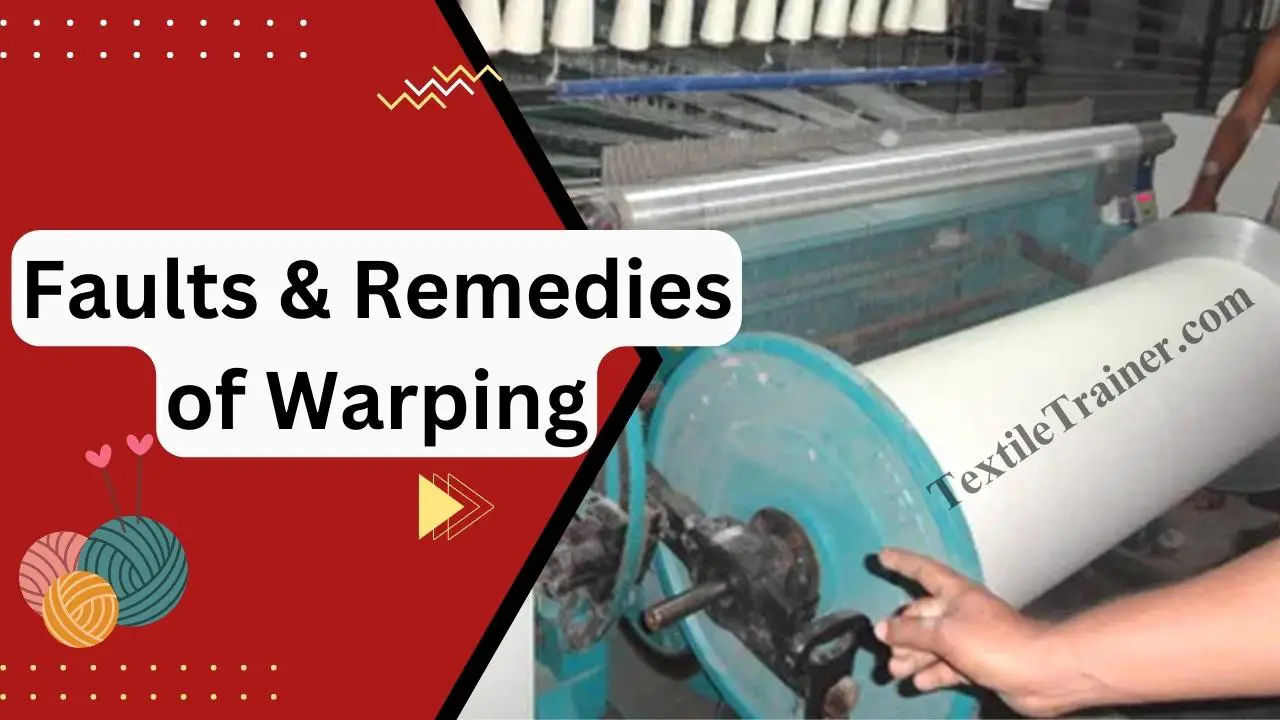
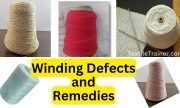

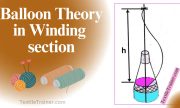


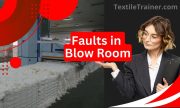
yess, it was clear description. more scientific.